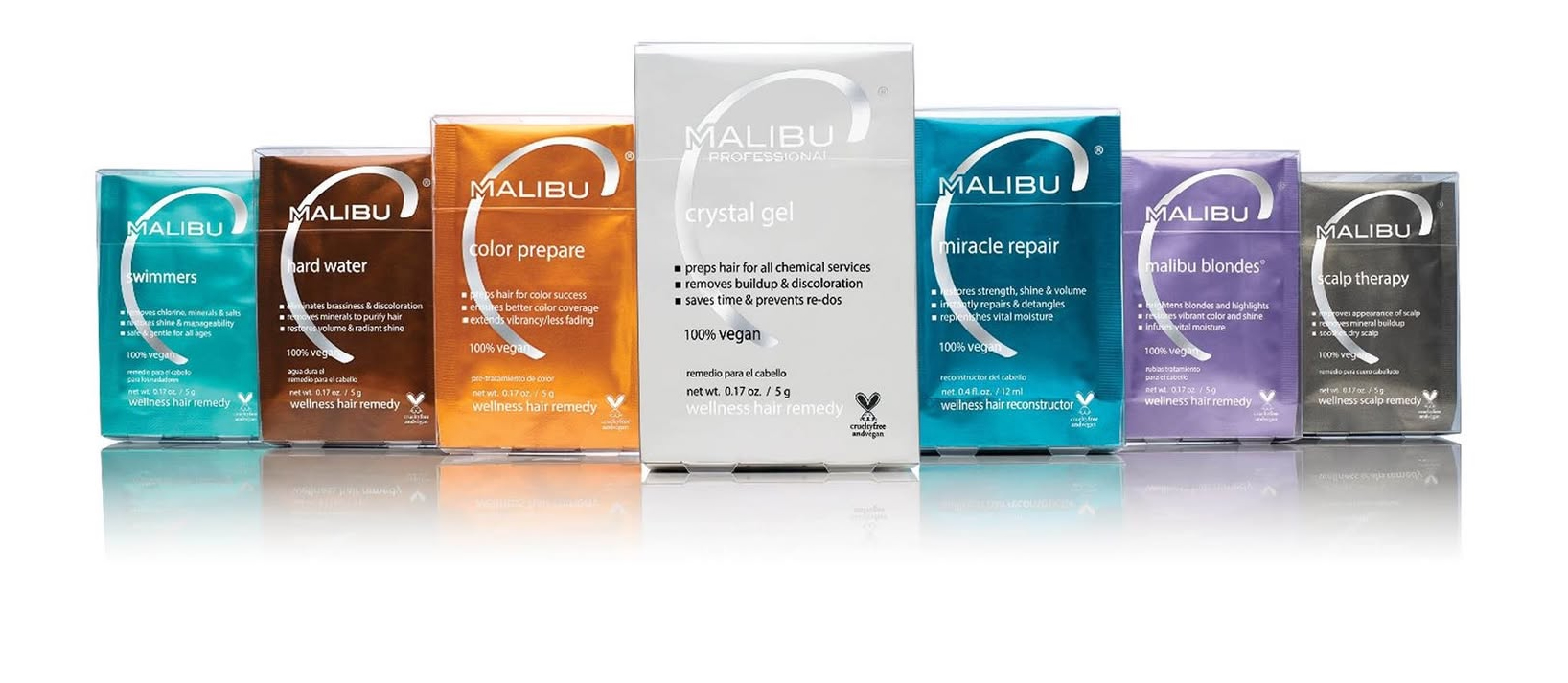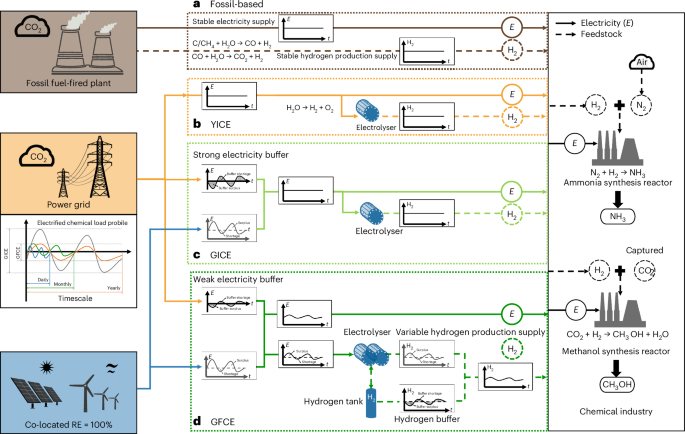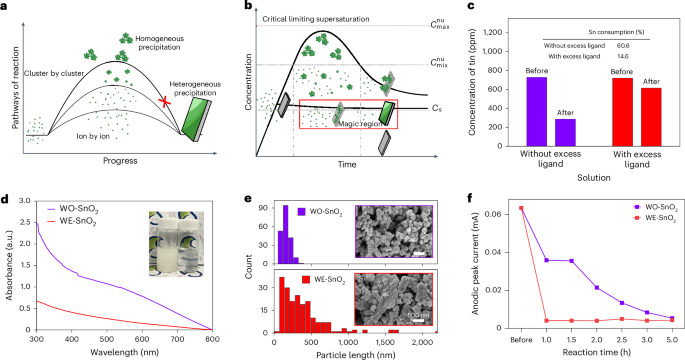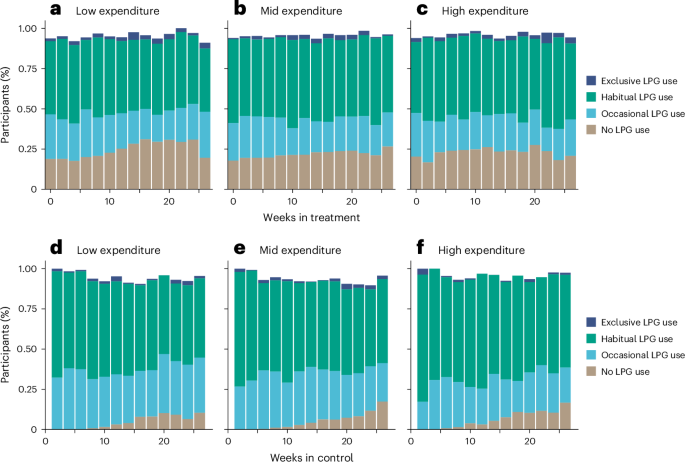DNA Hydrogels in Tissue Engineering: From Molecular Design to Next‐Generation Biomedical Applications
Advanced Healthcare Materials, Volume 14, Issue 13, May 16, 2025.

DNA hydrogels are emerging biomaterials with promising applications in tissue engineering, including bone, nerve, skin, vascular, and muscle repair. This review discusses their classification, synthesis strategies, and key properties, highlighting challenges such as mechanical strength, biocompatibility, and scalability. Future directions focus on material modifications, AI-driven design, and advanced fabrication techniques to enhance their clinical translation.
Abstract
DNA hydrogels have emerged as promising materials in tissue engineering due to their biocompatibility, programmability, and responsiveness to stimuli. Synthesized through physical and chemical crosslinking, these hydrogels can be categorized into functionalized types, such as those based on aptamers, and stimuli-responsive types that react to pH, temperature, and light. This review highlights their applications in tissue engineering, including drug delivery, cell culture, biosensing, and gene editing. DNA hydrogels can encapsulate therapeutic agents, support cell growth, and respond dynamically to environmental changes, making them ideal for tissue engineering. A comprehensive bibliometric analysis is included, identifying key research trends and emerging areas of interest in DNA hydrogel design, synthesis, and biomedical applications. The analysis provides a deeper understanding of the field's development and future research directions. Challenges such as mechanical strength, stability, and biosafety persist, but the integration of AI in hydrogel design shows promise for advancing their functionality in clinical applications.





















































































































































